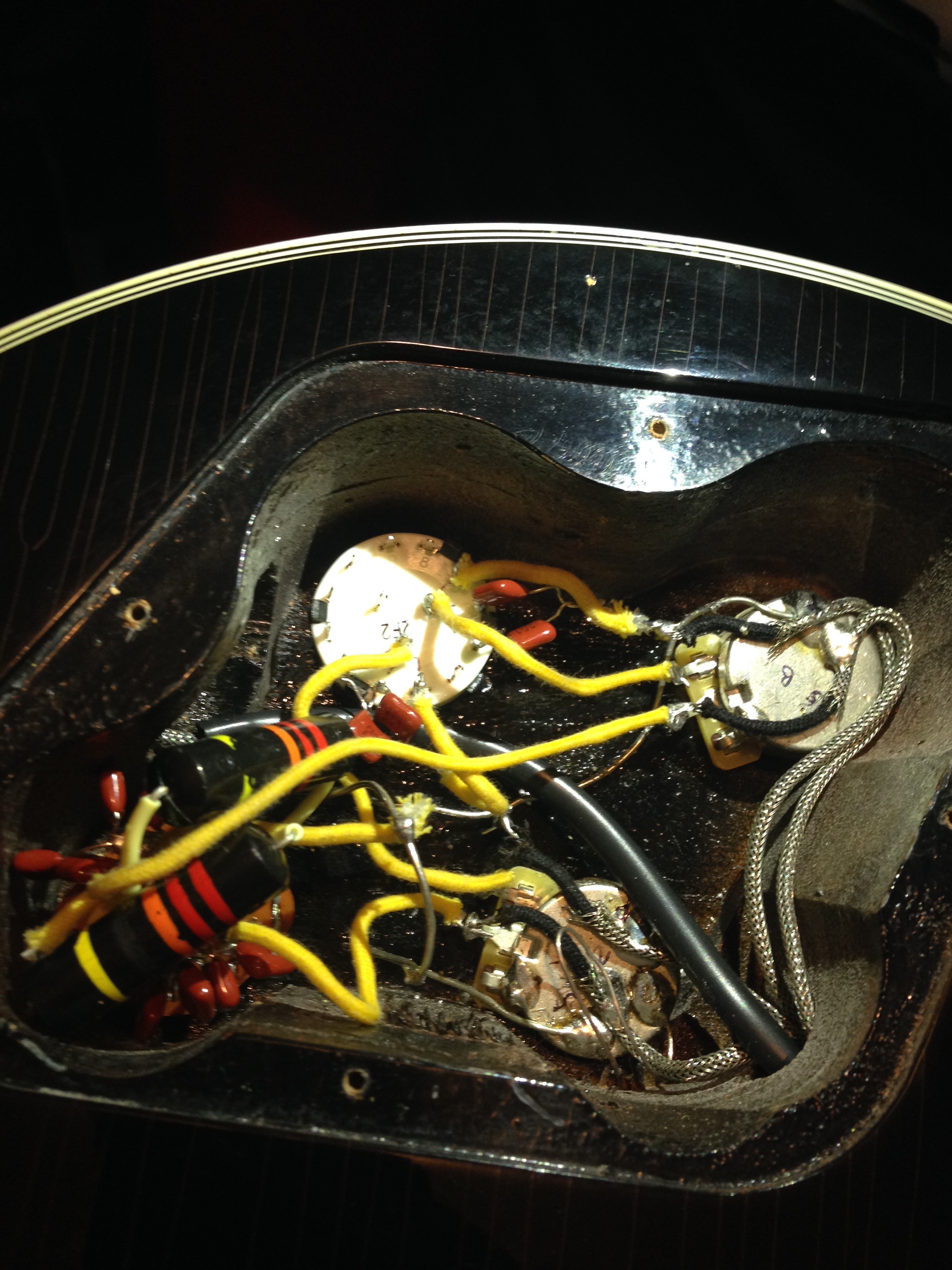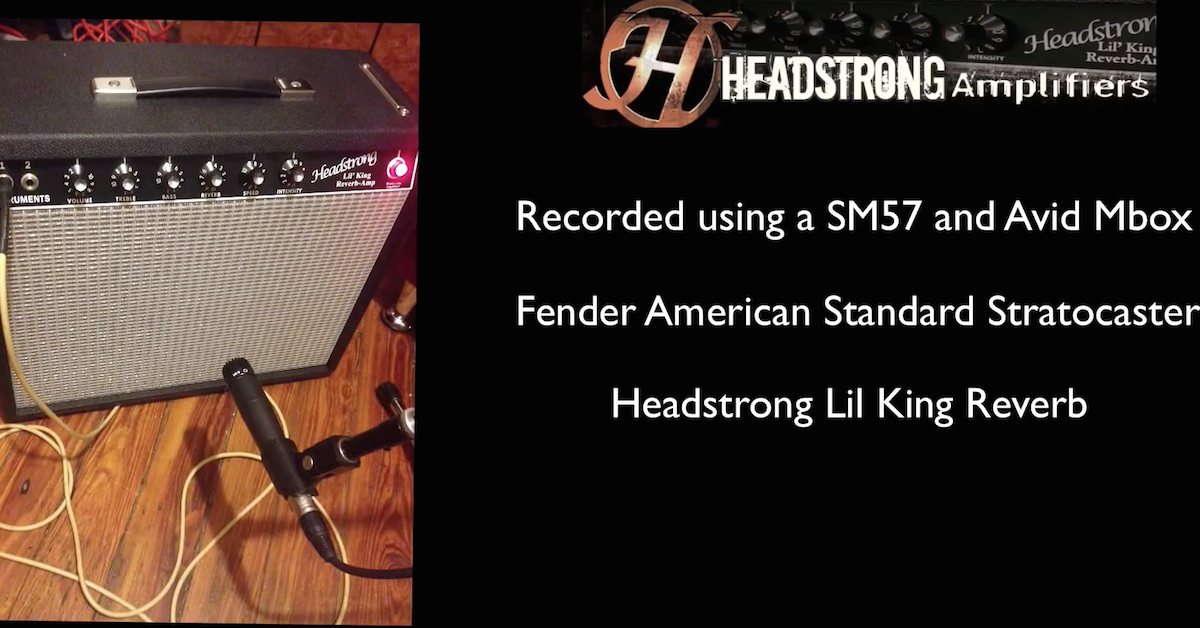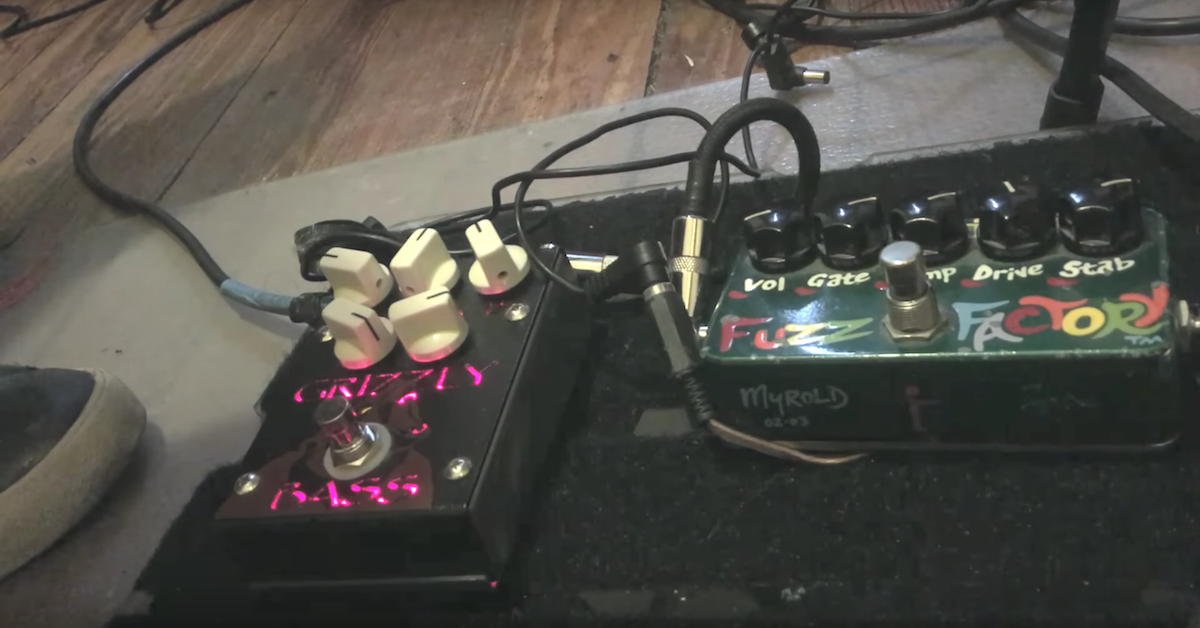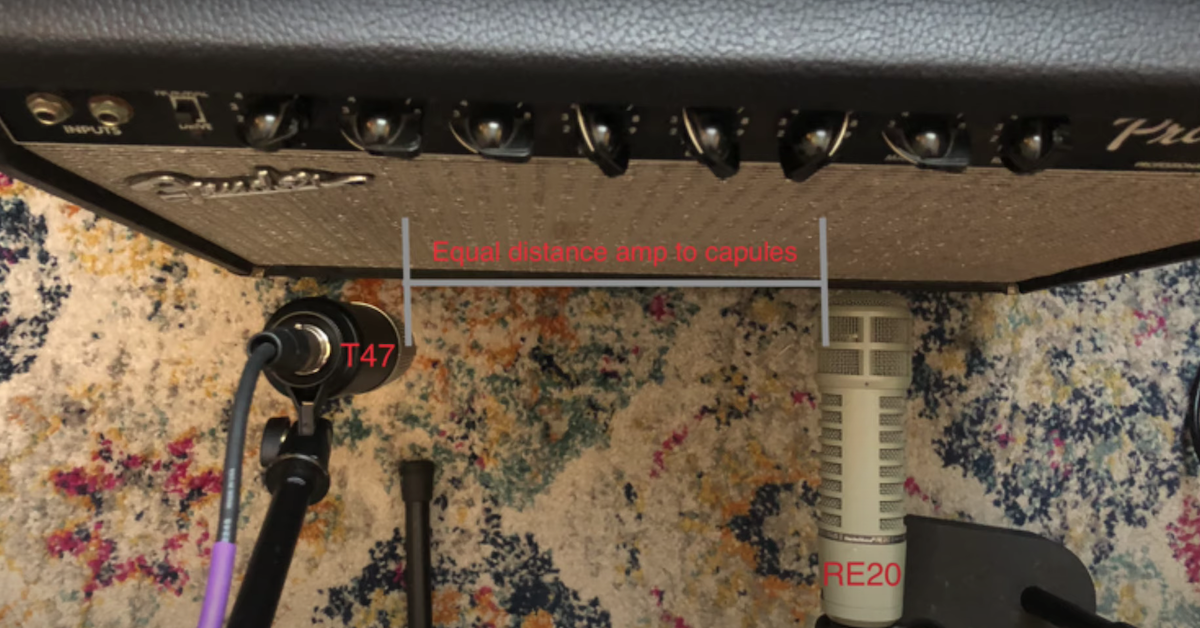How to Trim the Fat on a Les Paul Guitar
Article Content
It’s no secret that I record a lot of guitars. Spending a lot of time on one focused element really allows you to magnify all the nuances of an instrument. This means you learn to work with the limitations of each guitar.
One limitation that can be tricky to deal with in the studio is the overwhelming bass from a Les Paul. Humbuckers are really rich pickups. It’s part of the reason we like them so much.
There are moments when we want some of the characteristics of a Les Paul, but with a more controlled bass tone. Pulling the bass control on the amp all the way back doesn’t always do it.
One might pose the question that if you want less bass, why not use a single coil pickup? There are certain characteristic to a humbucker equipted Les Paul that just can’t be captured with a single coil guitar.
A friend of mine known as Dr. Steam Whipple had a great solution. Dr. Whipple was feeling like his Les Paul Custom was too tubby.
Michael decided to replace the tone knob for the bridge pickup with a bass roll off switch. Unlike the original tone knob, this new knob would be a stepped rotary switch.
He first found inspiration in owning a Reverend guitar. One of the best features of those guitars is a very simple and effective bass contour. Unlike most tone knobs that roll back highs, this one rolls back lows.
Why Not EQ After the Fact?
Sometimes when recording a Les Paul, I have to EQ after the mic in order to cut the bass. There is nothing wrong with this technique. But, there is a difference between the bass roll-off knob and EQ after the mic.
The tone coming out of your guitar is going to interact with the amp. If you push a lot of low end into a Marshall, it’s going to behave differently than a more bass controlled sound.
This is important to me when recording guitars because I usually let the amps do 90% of the work.
On The Bench
The way these switches are set up is you have a bunch of caps of different values. As you adjust the low cut switch, the signal runs through different caps. Larger caps will be able to pass lower frequencies, and as you move to smaller ones, the low end of the sounds can’t squeeze their big butts through that narrow capacitance doorway.
Here are some early drawing of Michaels experiment:
For this guitar mod, Dr. Whipple wound up using .068uf, .02uf, and .01uf. These are a little different than shown in the drawing. .068 is somewhat subtle less beefy tone, .02 is in single coil range, with a pronounced difference, and .01 is almost an “out of phase” kind of sound. The cap is wired in series with the hot lead from the pickup.
It’s worth noting there was no difference in tone between the little red film caps at $0.10 a pop and the very fancy and expensive “bumblebee” caps that Gibson retails for $129.99.
Spare Change?
The only side effect of the bass roll off knob is it changes your output volume. Although it makes your signal look lower, it can also make it cut through more. Too much bass can cloud a sound.
A lower signal can change the gain staging of your pedals and amps. If my objective is to push an overdrive pedal or amp, I place a booster after the guitar. Something like the Exotic AP booster would work fabulously.
Hearing is Believing
Let’s hear some examples:
This is a clean Les Paul straight into the amp. Each performance on the clip rolls back the bass one notch. The first performance is always with no bass roll-off, the Les Paul naked.
Example 1:
If your “tone home” is Humbucker tone, this non-destructive mod can really extend your palate of tones. It has a huge effect on fuzz tones. Anyone that uses fuzz and a Les Paul can attest to the fact that the sound can seem to drop in volume when the fuzz is engaged.
It’s not that there is a volume drop, it’s the haze of low frequencies in the signal. Fuzz pedals tend to emphasize bass. This could be desirable or un-desirable depending on your perspective.
Here is an example using the same setup with a Tonebender MKII fuzz:
If you have a limited inventory of guitars in your studio, a mod like this can add great variety. Personally, I consider this a valuable mod even though I own something in the area of 25 guitars.
If you want to reach out to Dr. Steam Whipple for more information on his process feel free to contact him here.








